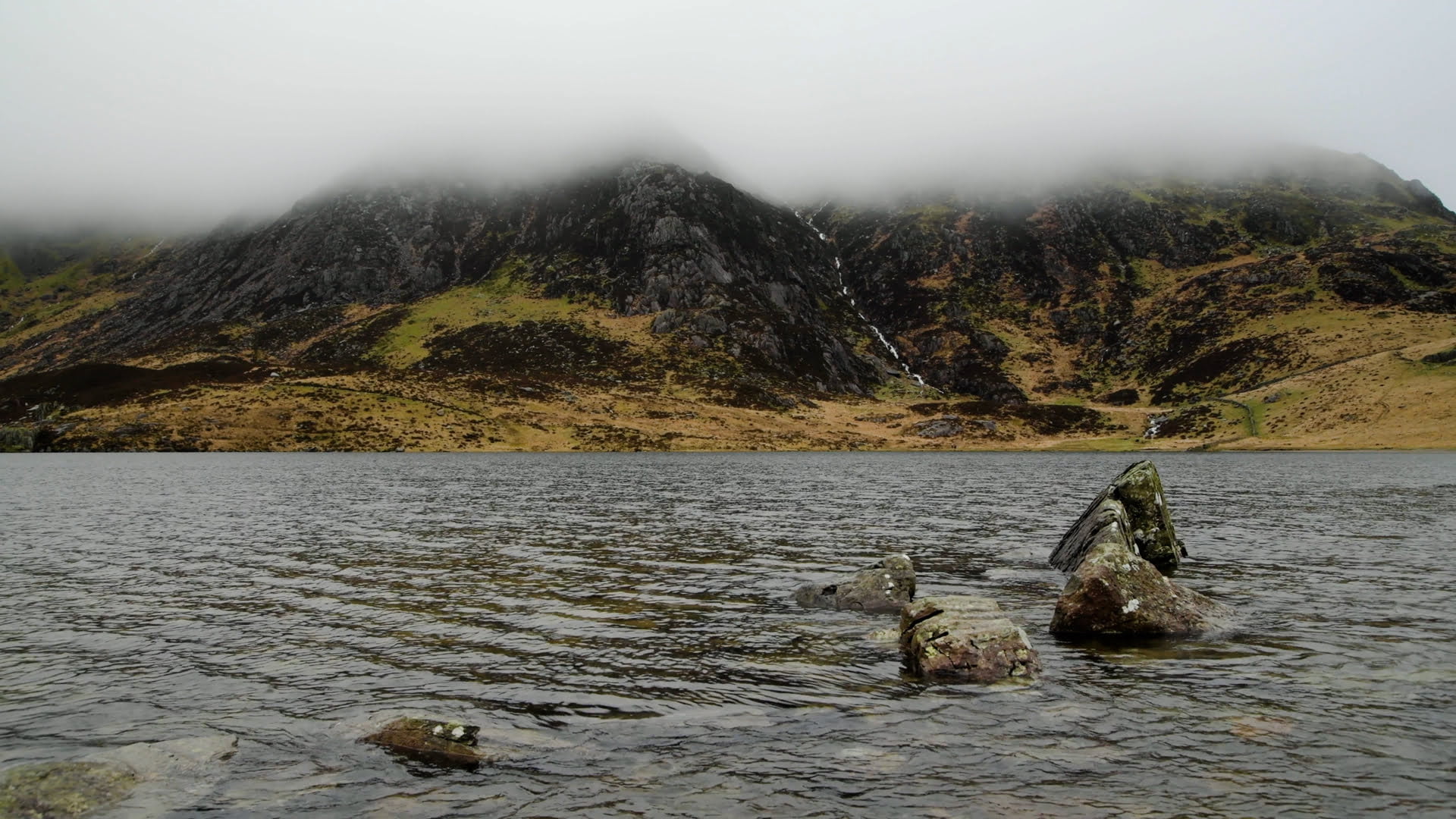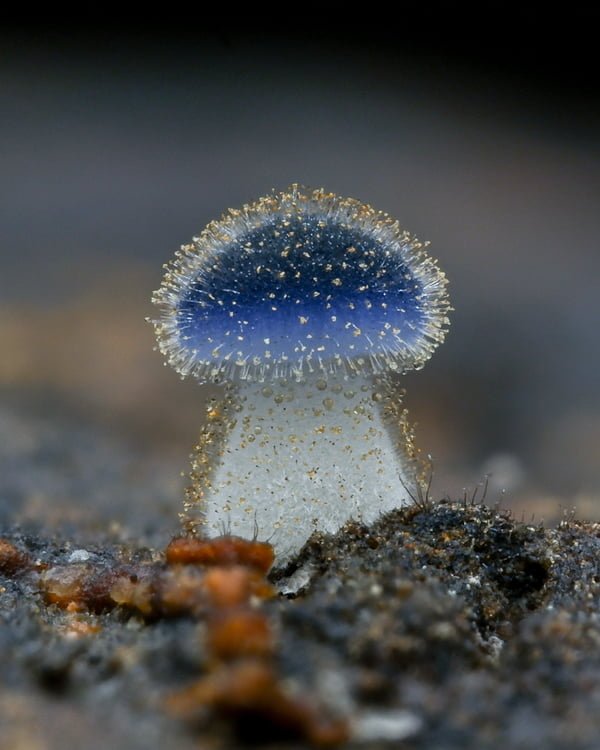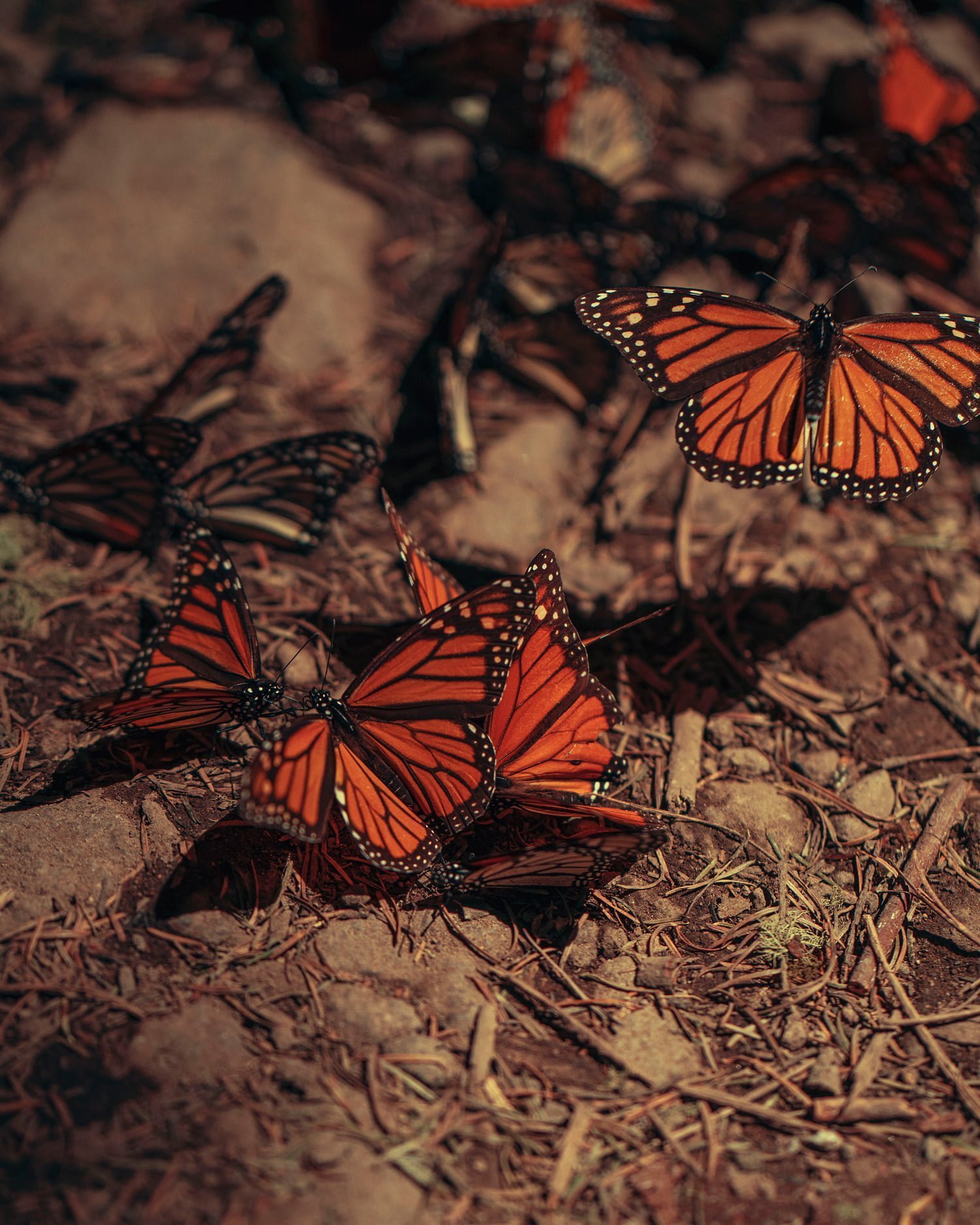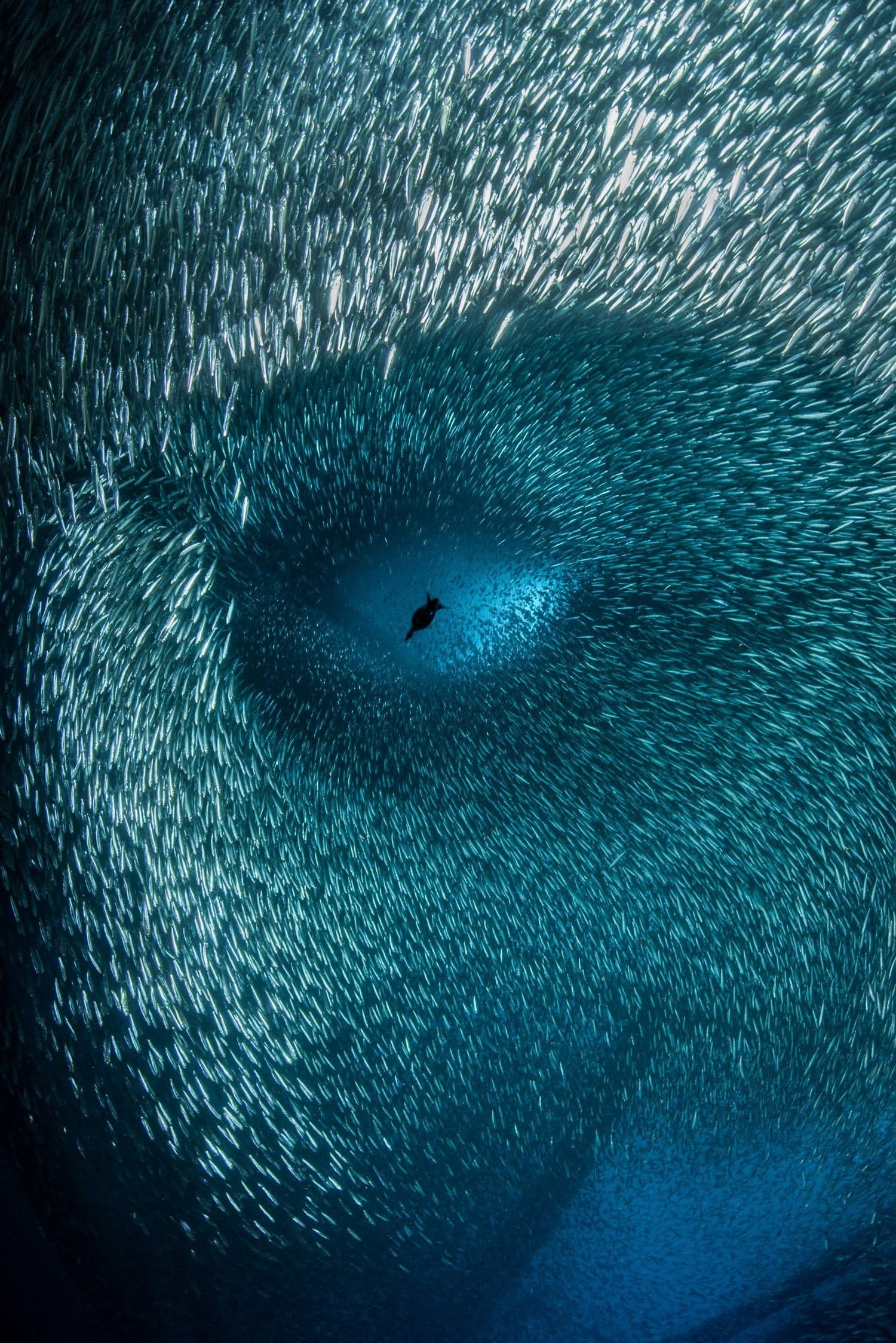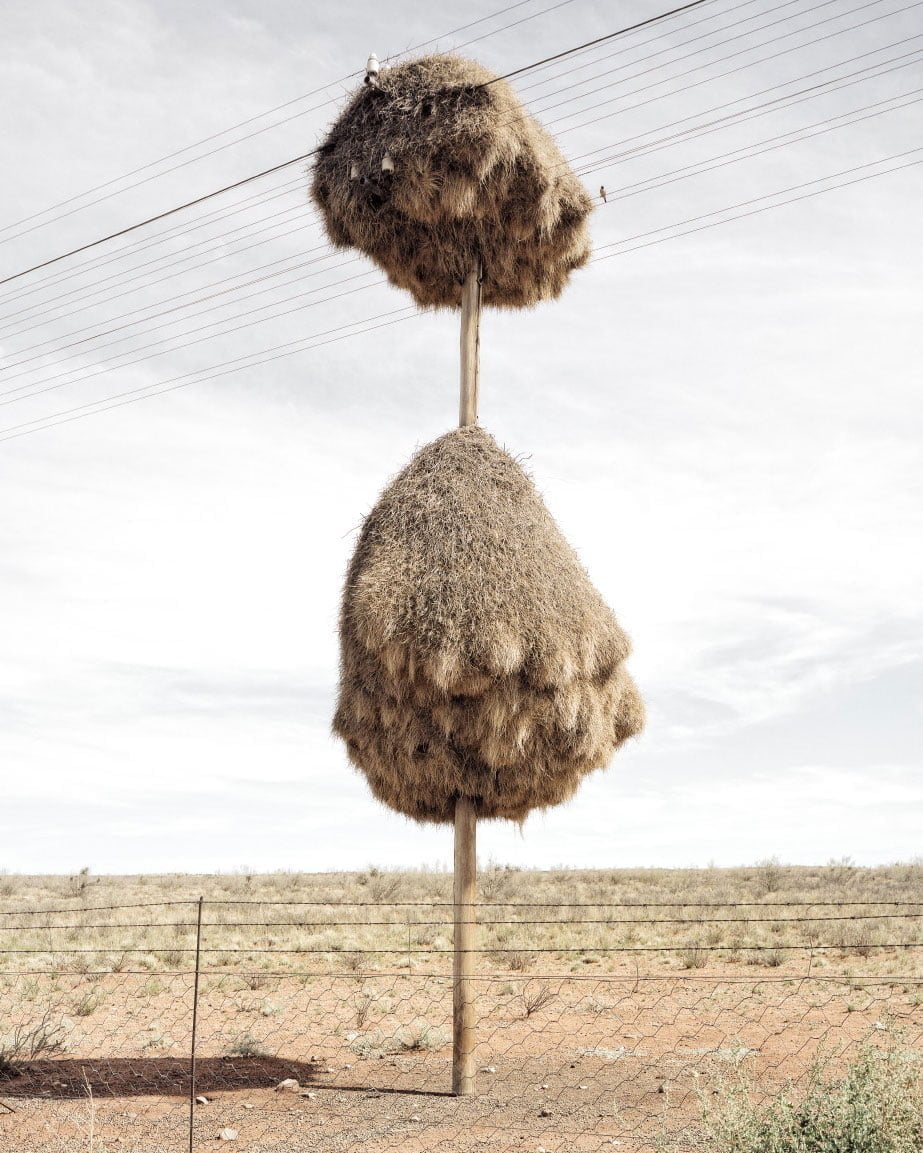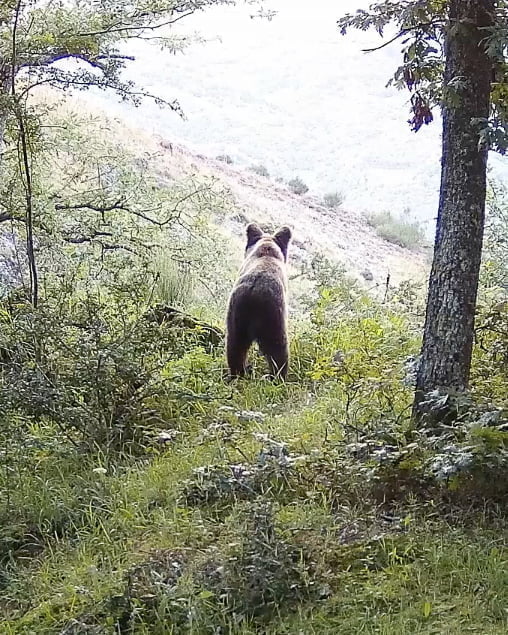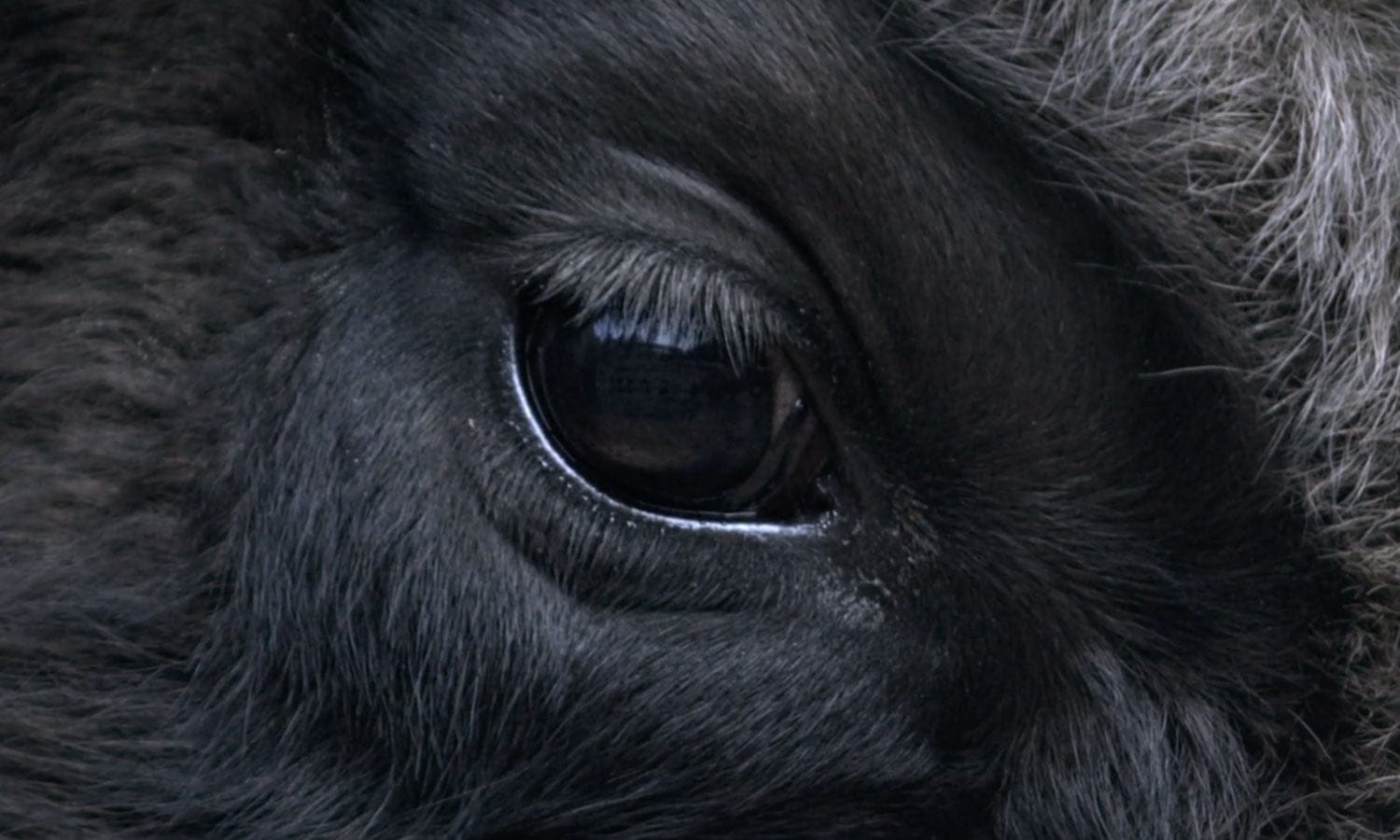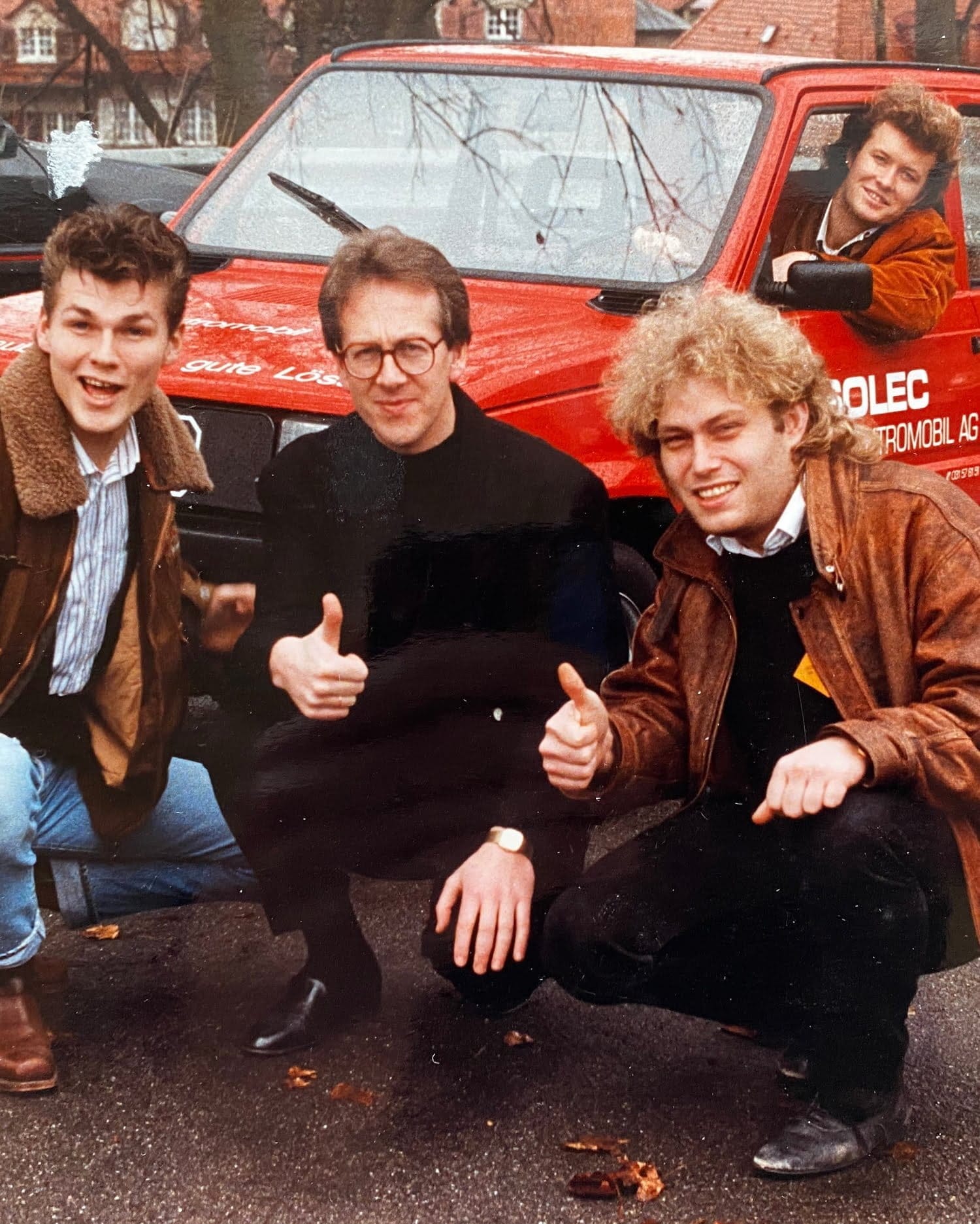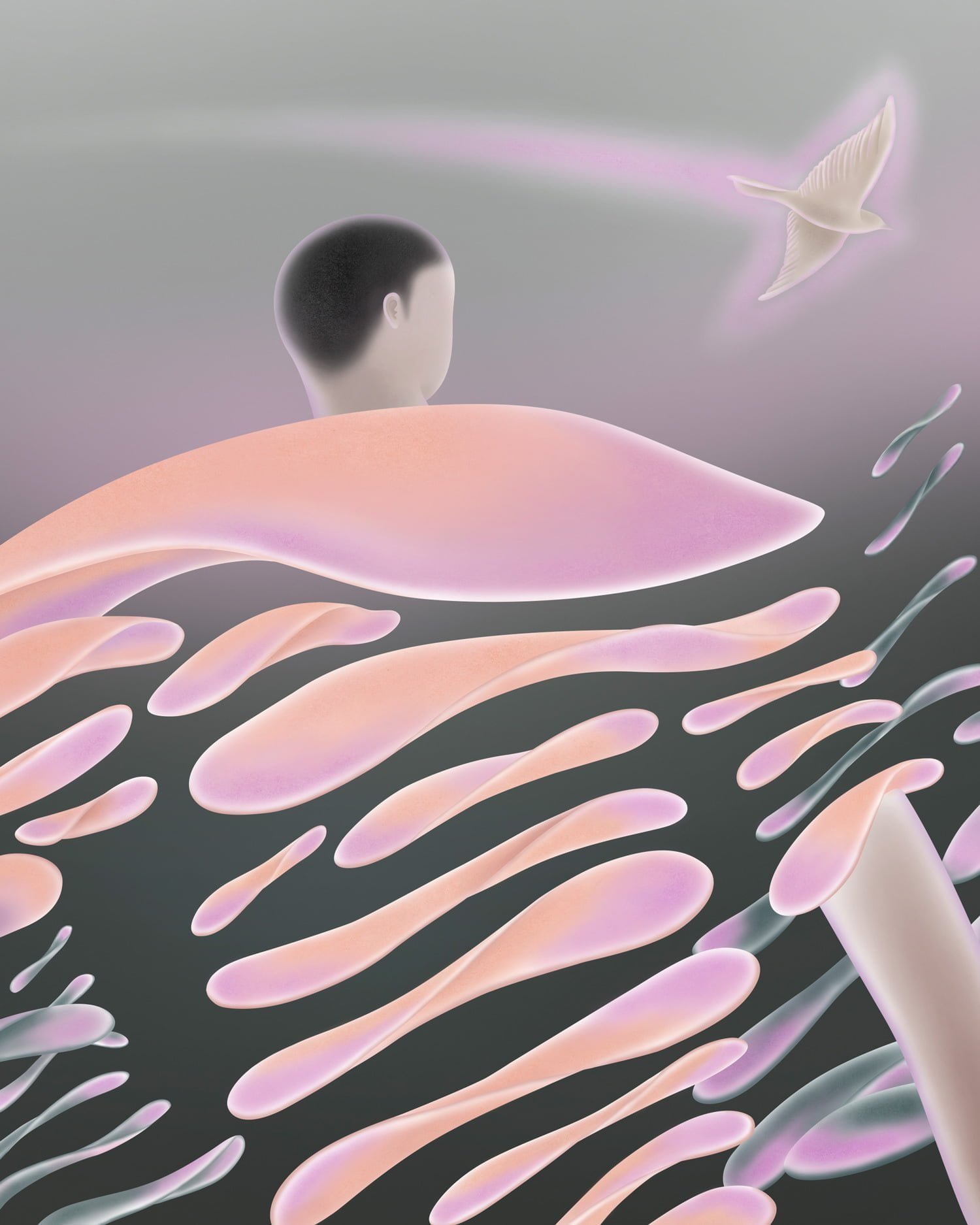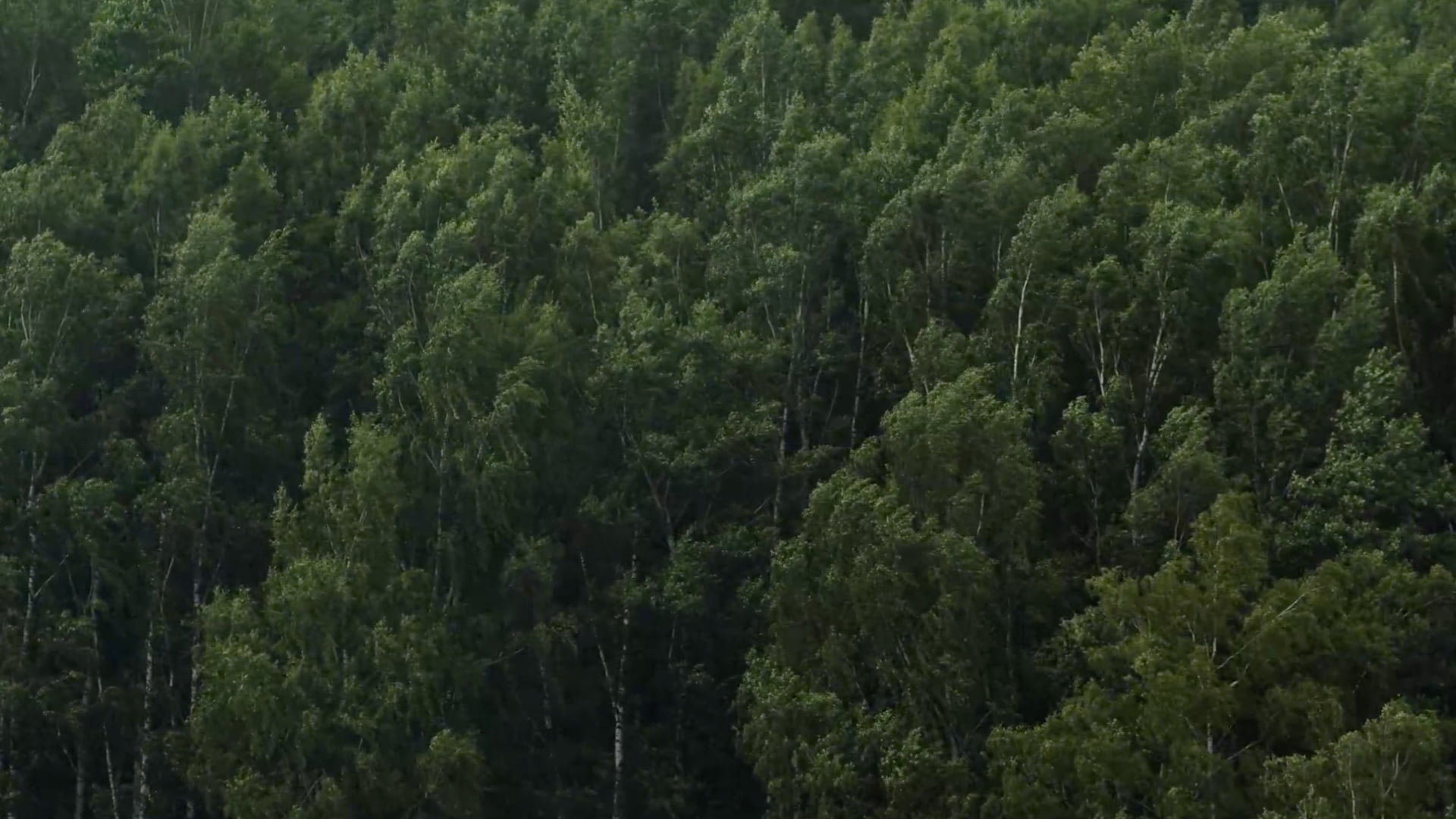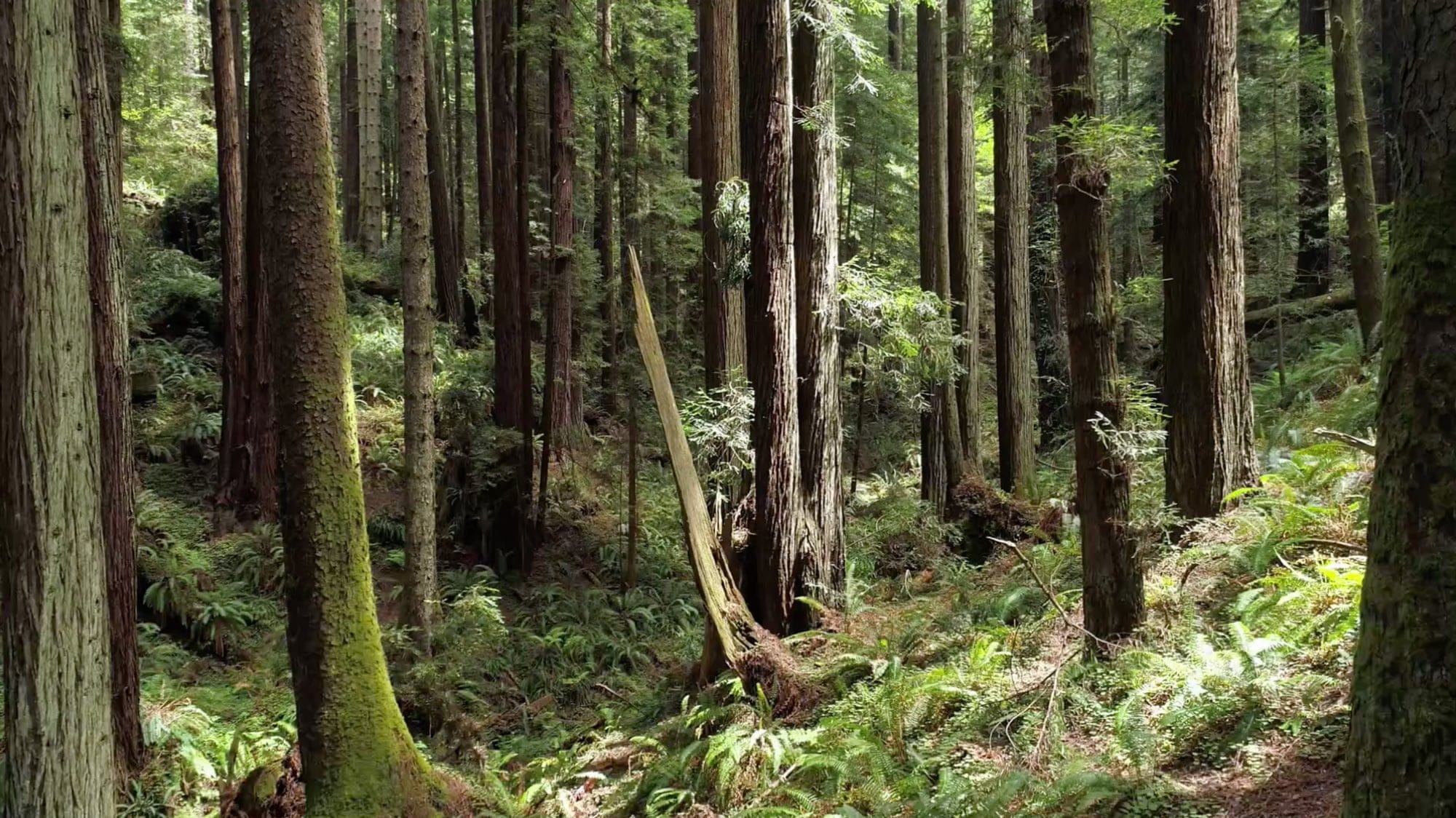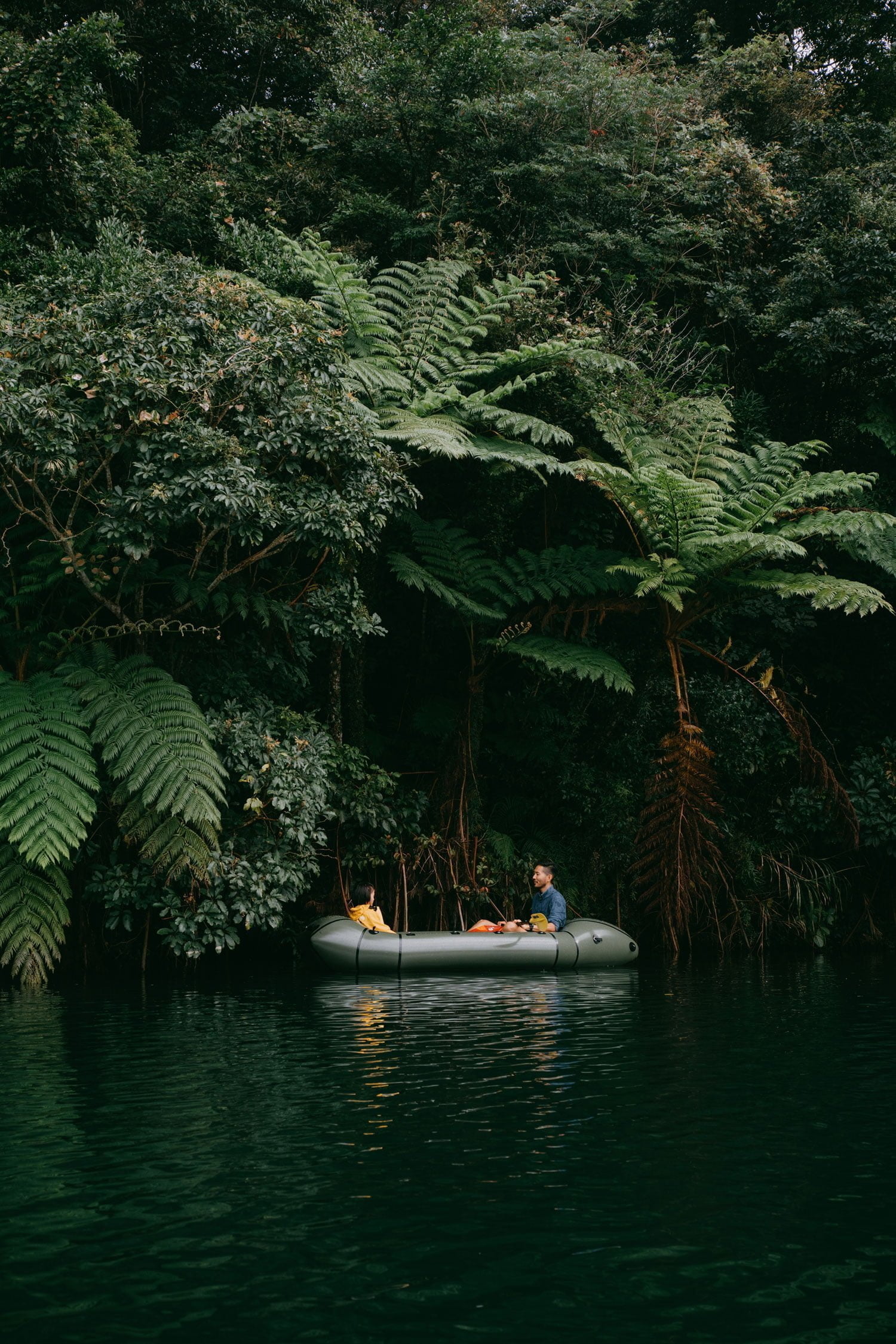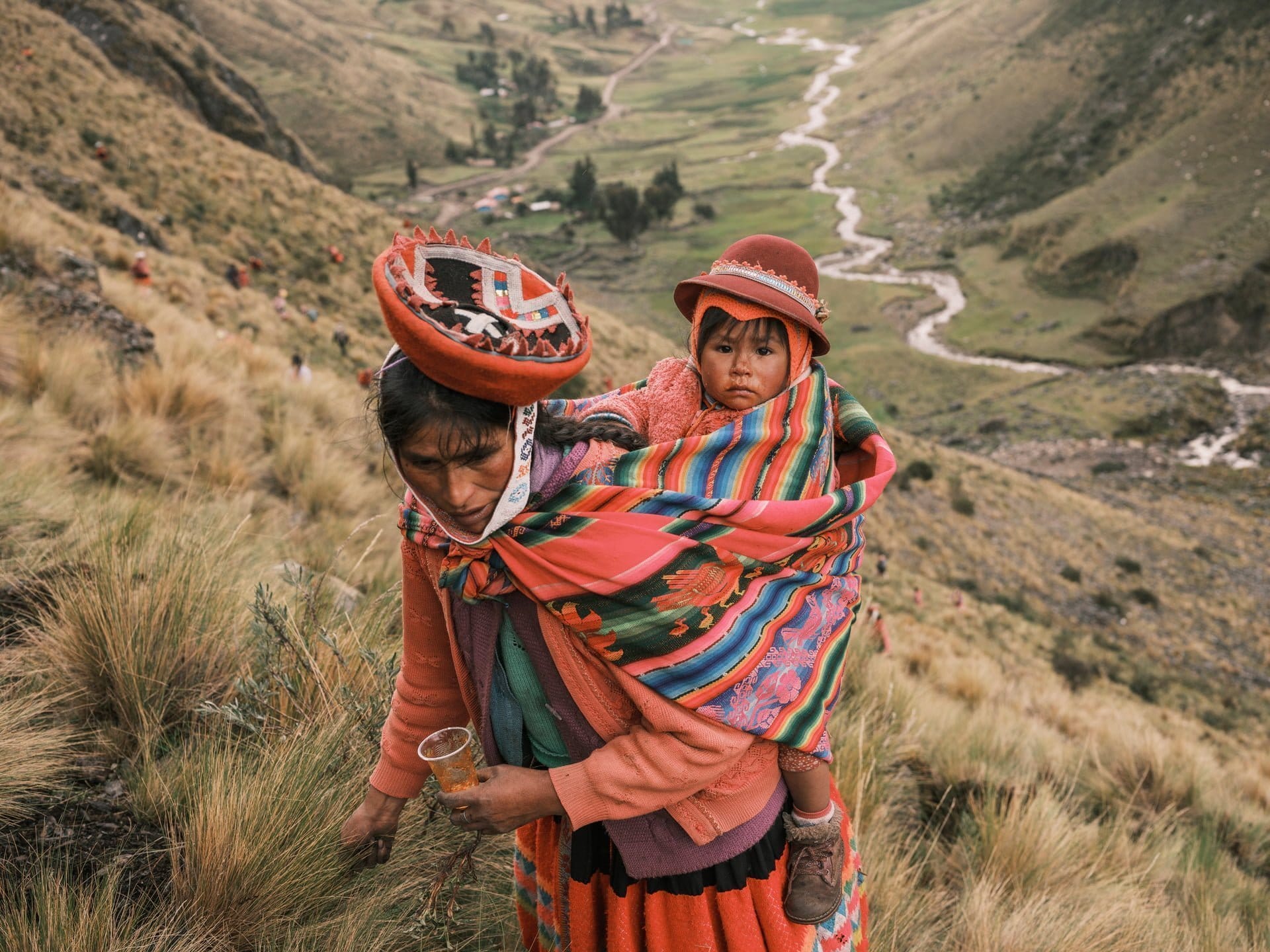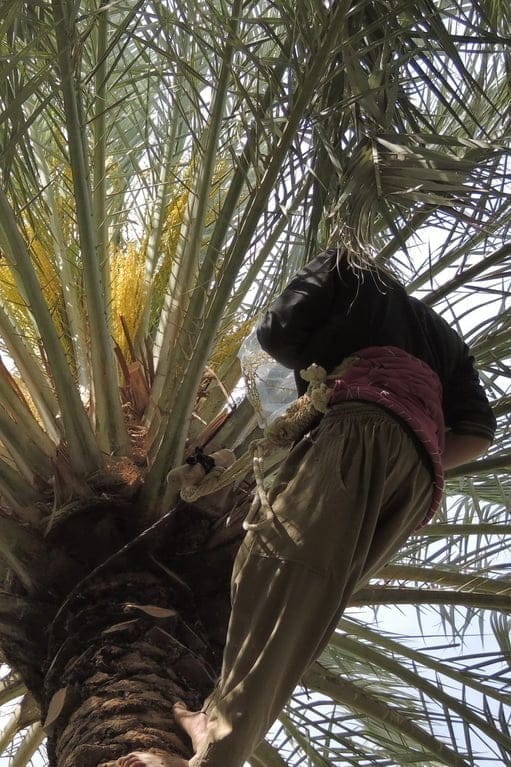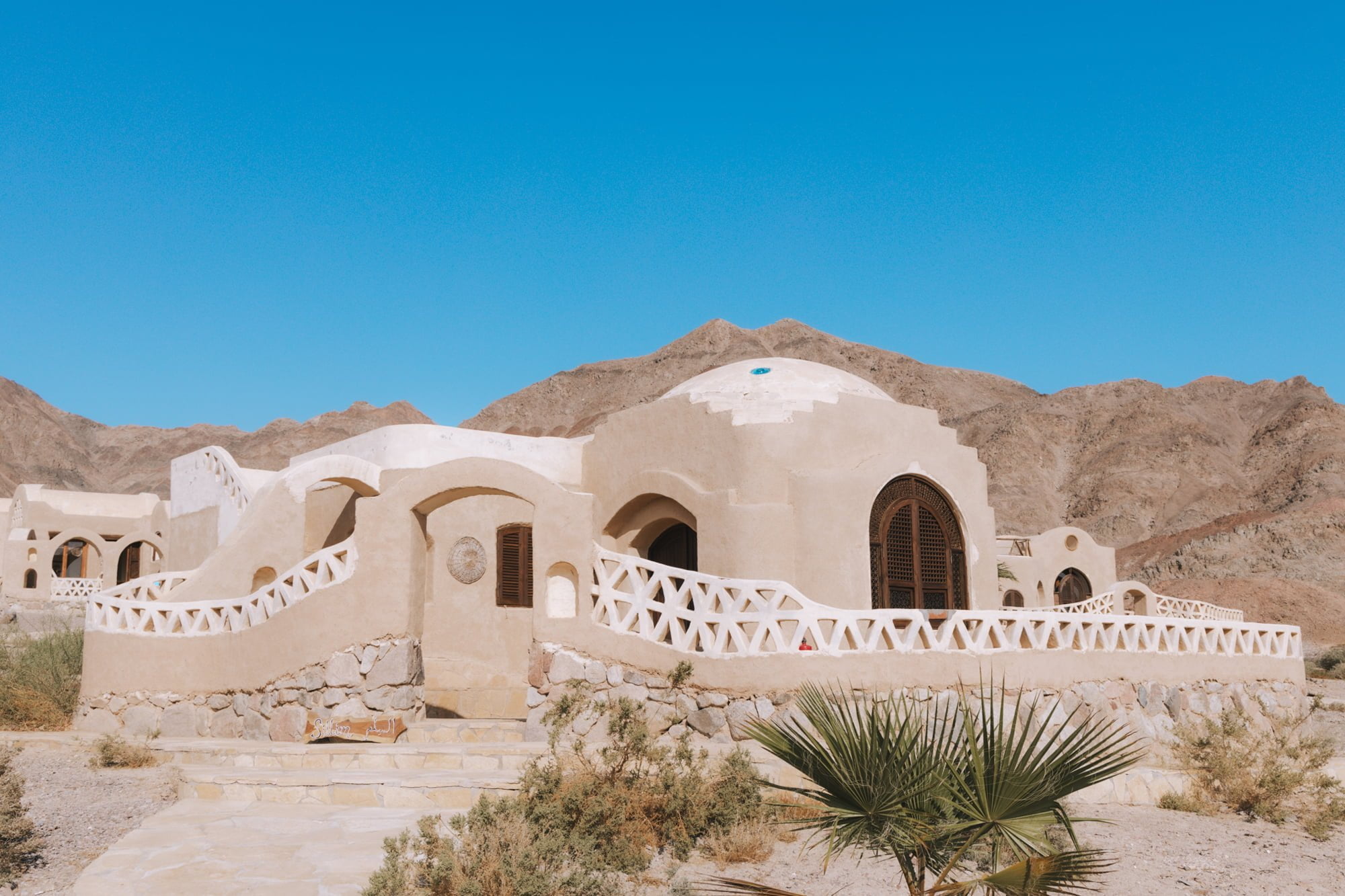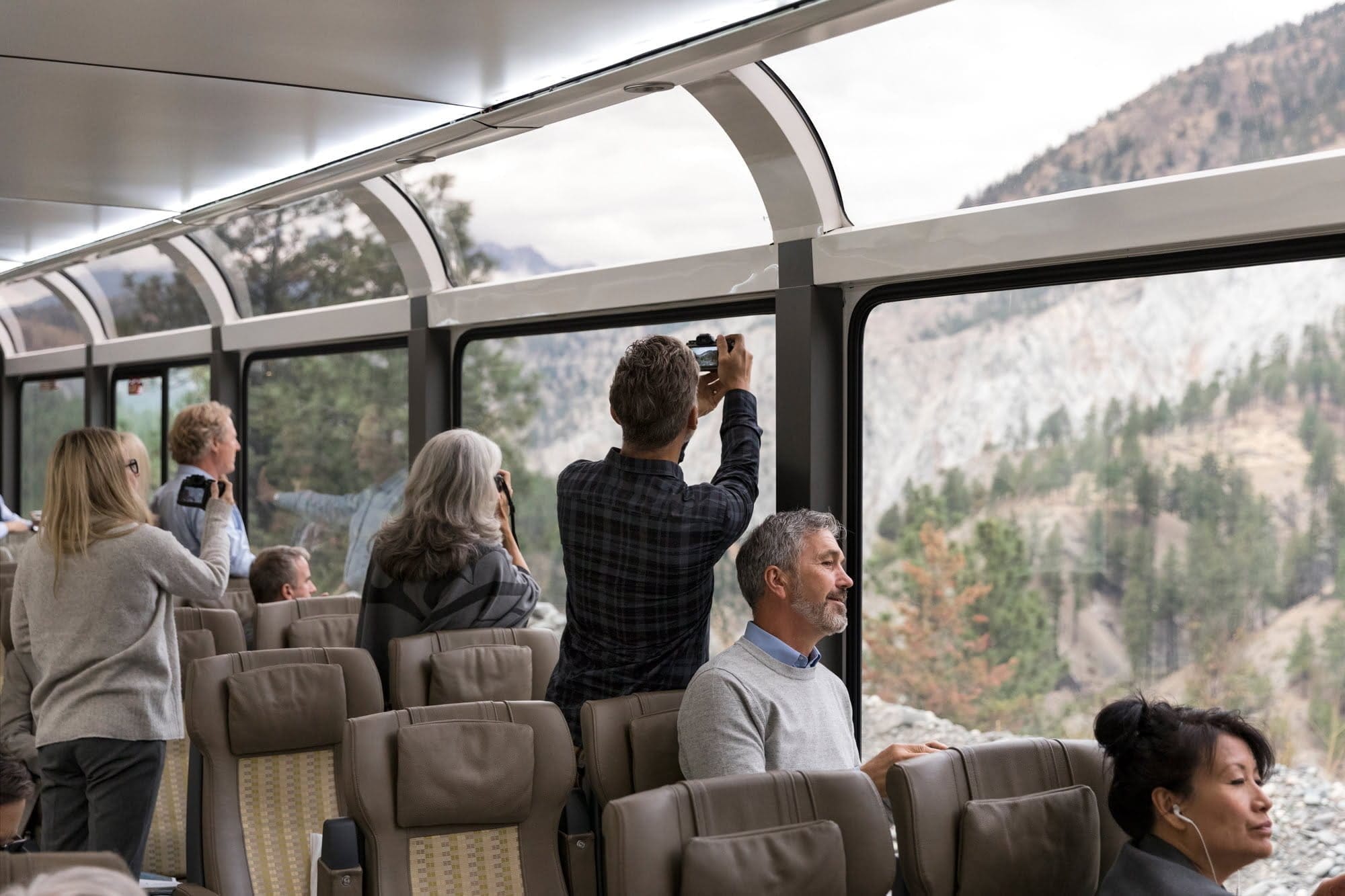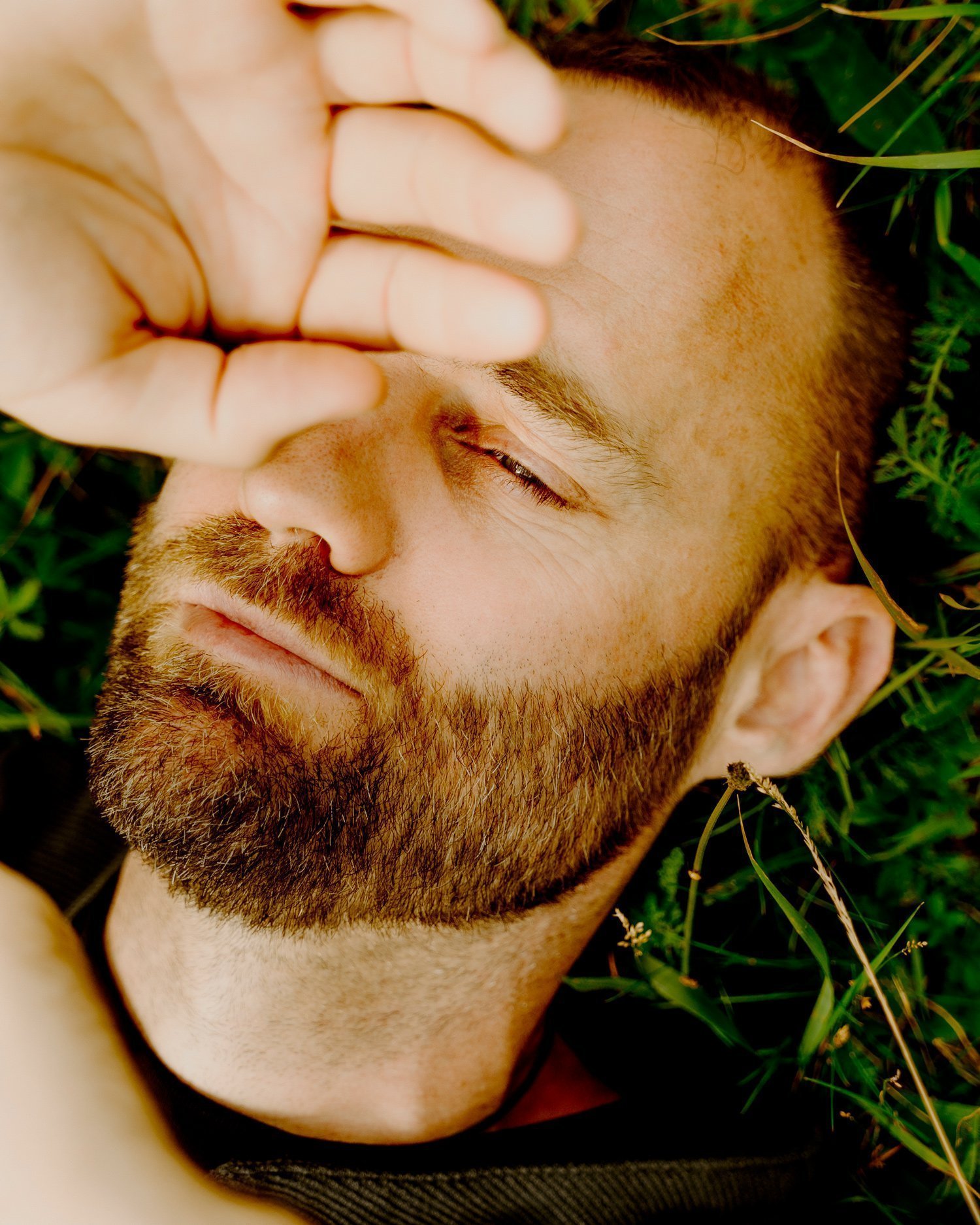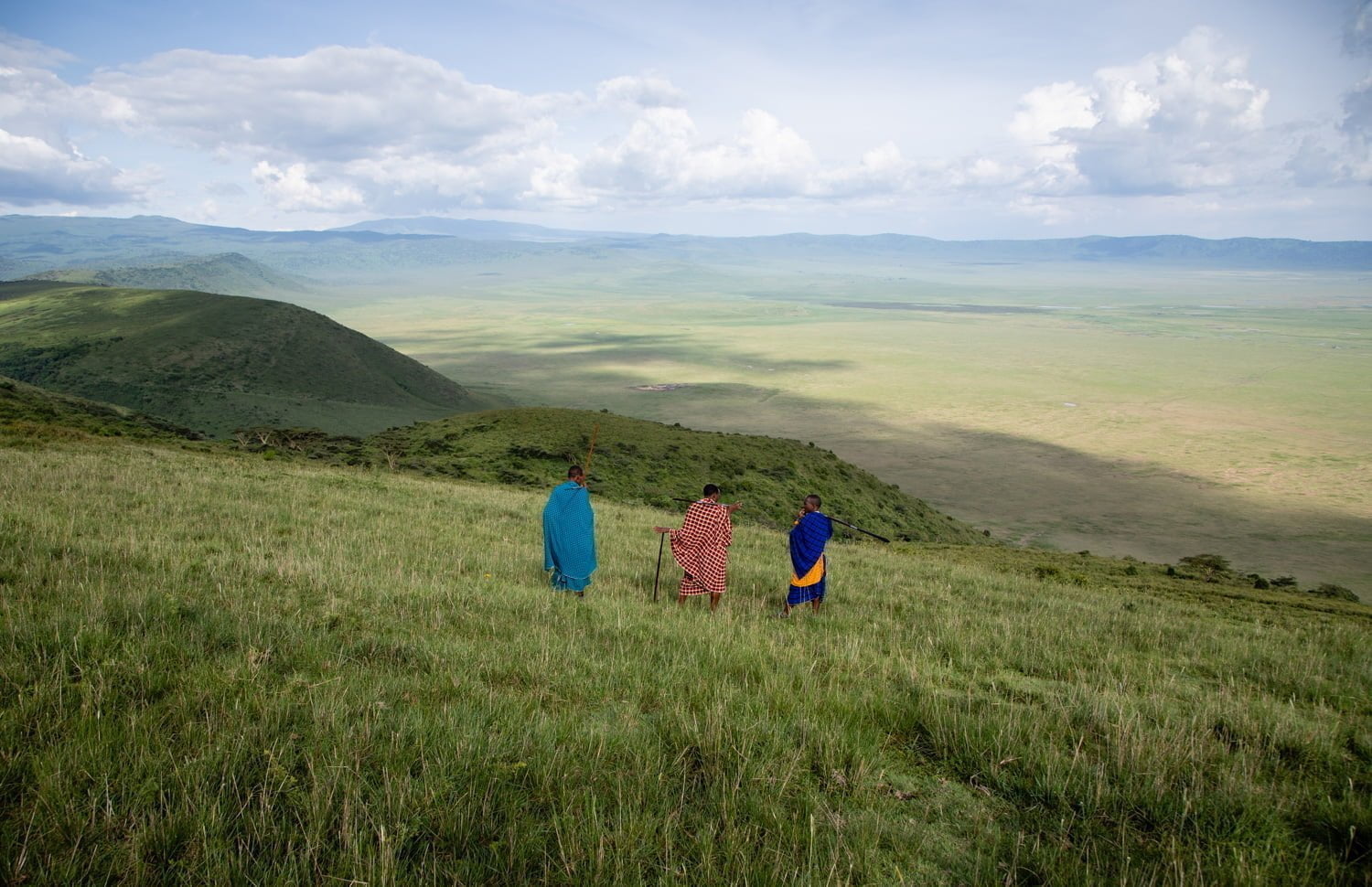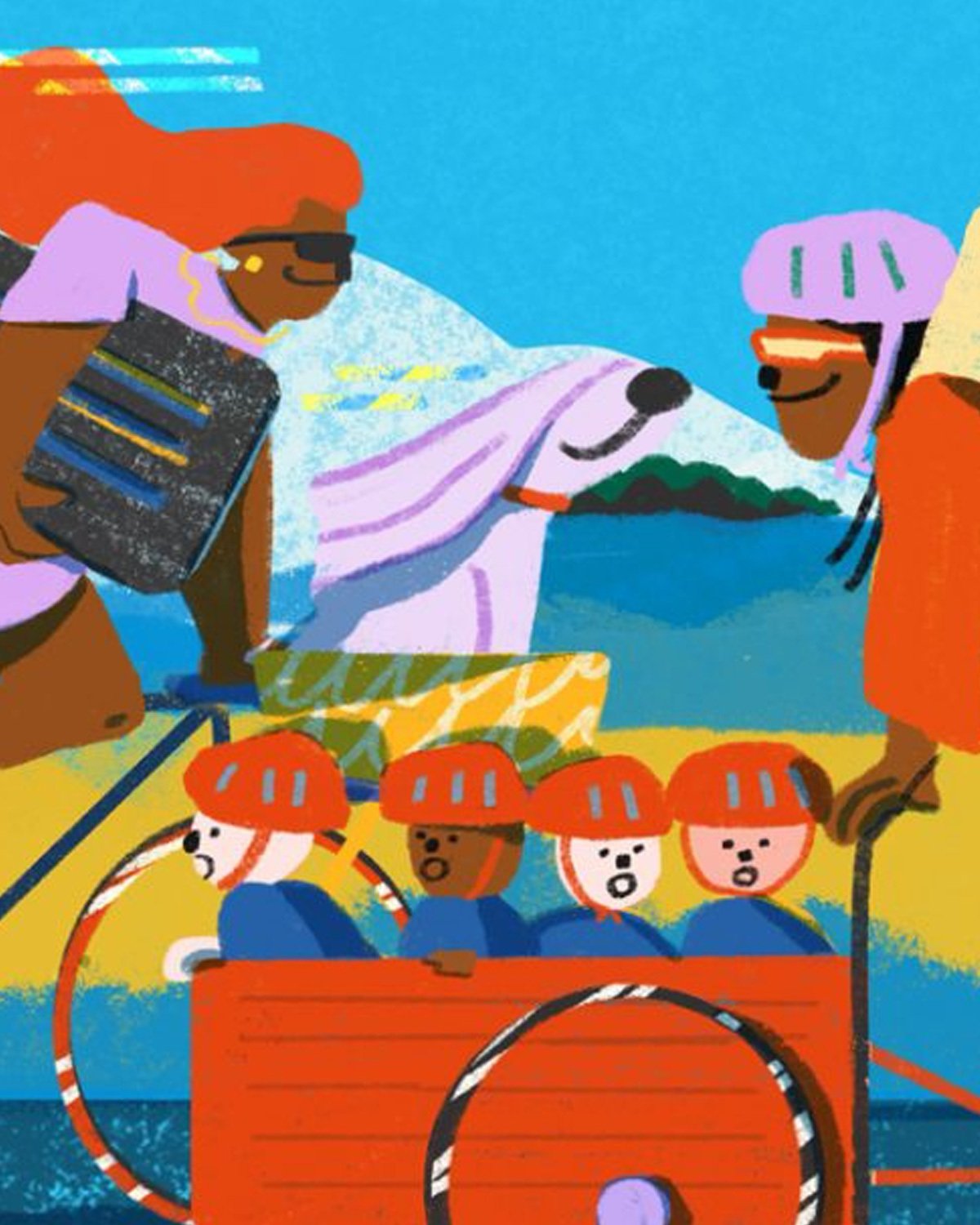Knowing a mynydd from a carnedd can make a real difference if you’re hiking in the hills and valleys of Wales. In fact, the ancient Welsh language plays a special role in helping to connect people to the natural world around them.
Wales is known for its mountainous landscape and rugged coastline. It is not surprising, then, that the Welsh language has at least five words for mountain, and lots more terms for hills and valleys. A carnedd (pronounced kar-neth) is a peak piled with stones like a cairn or burial mound, while a mynydd (munn-uth) is a more open upland area.
These terms have emerged over hundreds of years, coined by people that have lived in the same place so long that they notice the subtle differences in the landscape. A field is not just green, it is lime green, olive green, bottle green, mottled, or an undulating patchwork of greens that change with the light.
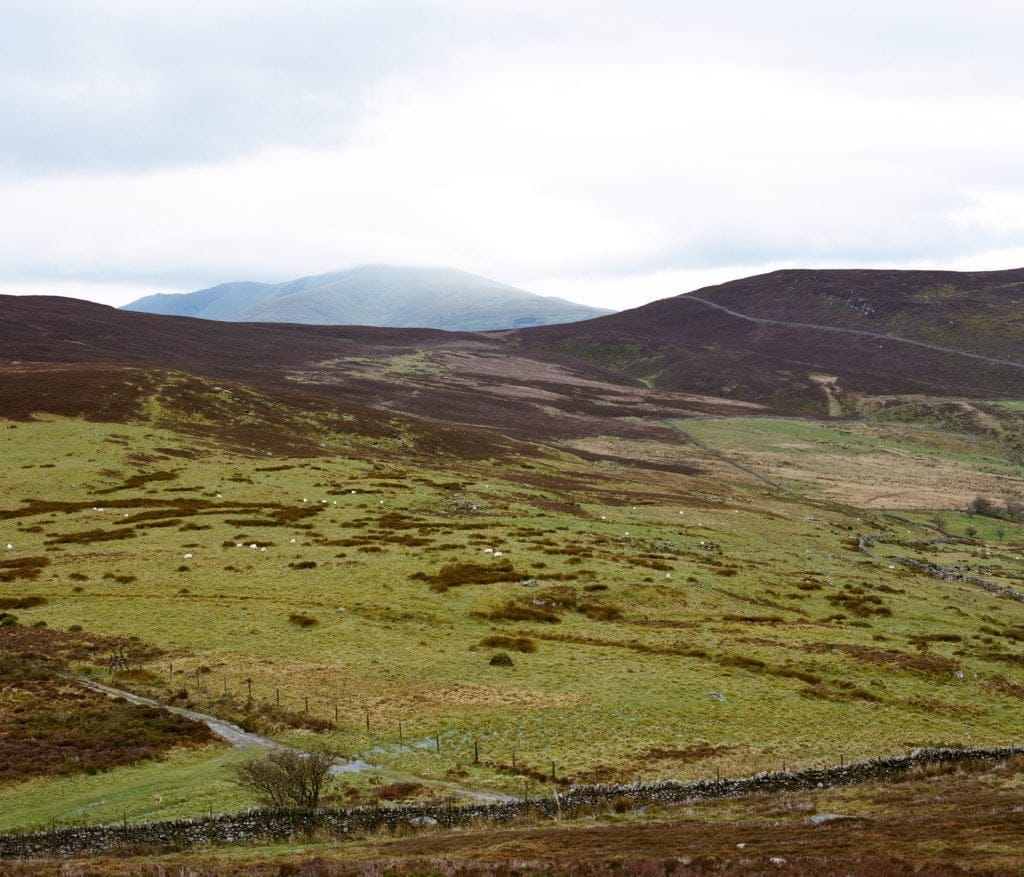
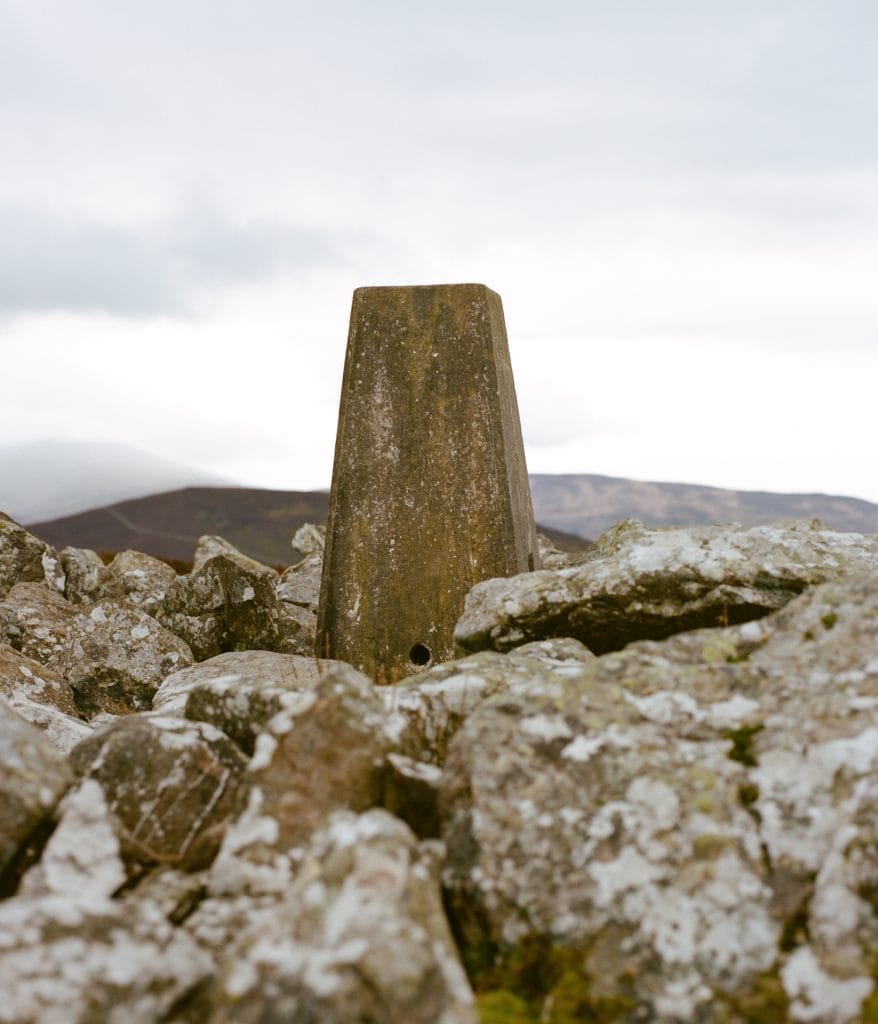
However, for most of us who live in towns and cities cut off from nature, we have lost what author Robert Macfarlane describes as our ‘literacy of landscape’. The abundance of terms we use on a daily basis to describe the world has contracted. We talk about birds or trees, rather than robins and jays or oaks and beeches. Meanwhile, our use of some words has evolved dramatically. Think about the last time you used the word ‘stream’, were you referring to a small river, or the new series you’re watching on Netflix?
Perhaps pausing to consider the words that we use could encourage us to take notice of the natural world and reconnect with nature. For me, that journey was through Welsh.
A personal connection
I was born and grew up in a small town on the eastern edge of London, but my mother’s family were from Wales. They were stonemasons involved in the construction of the Elan Valley Dams, to supply water to the city of Birmingham, and the Barry Docks, built to export coal from the Welsh valleys.
Like many in the UK, the first mountain that I climbed was Yr Wyddfa (or Snowdon). Aged five, I was coaxed to the summit on the unfulfilled promise that I could take the train down – a learning experience. I now divide my time between London and Cardiff, around 10 kilometres from where my grandfather was born.
As one of the nations making up the United Kingdom, Wales has its own assembly – the Senedd – and Welsh is an official language, alongside English. Wales was also the first country in the world to embed sustainable development in its constitution, through the Well-being of Future Generations Act, which obliges public institutions to consider the impact of their actions on those not yet born. Creating ‘a Wales of vibrant culture and thriving Welsh language’ is enshrined as part of this. The aim is to create one million Welsh speakers by 2050 – about one-third of the population – and double the number of Welsh speakers there are today.
“I was intrigued by how language could help to forge a connection with nature”
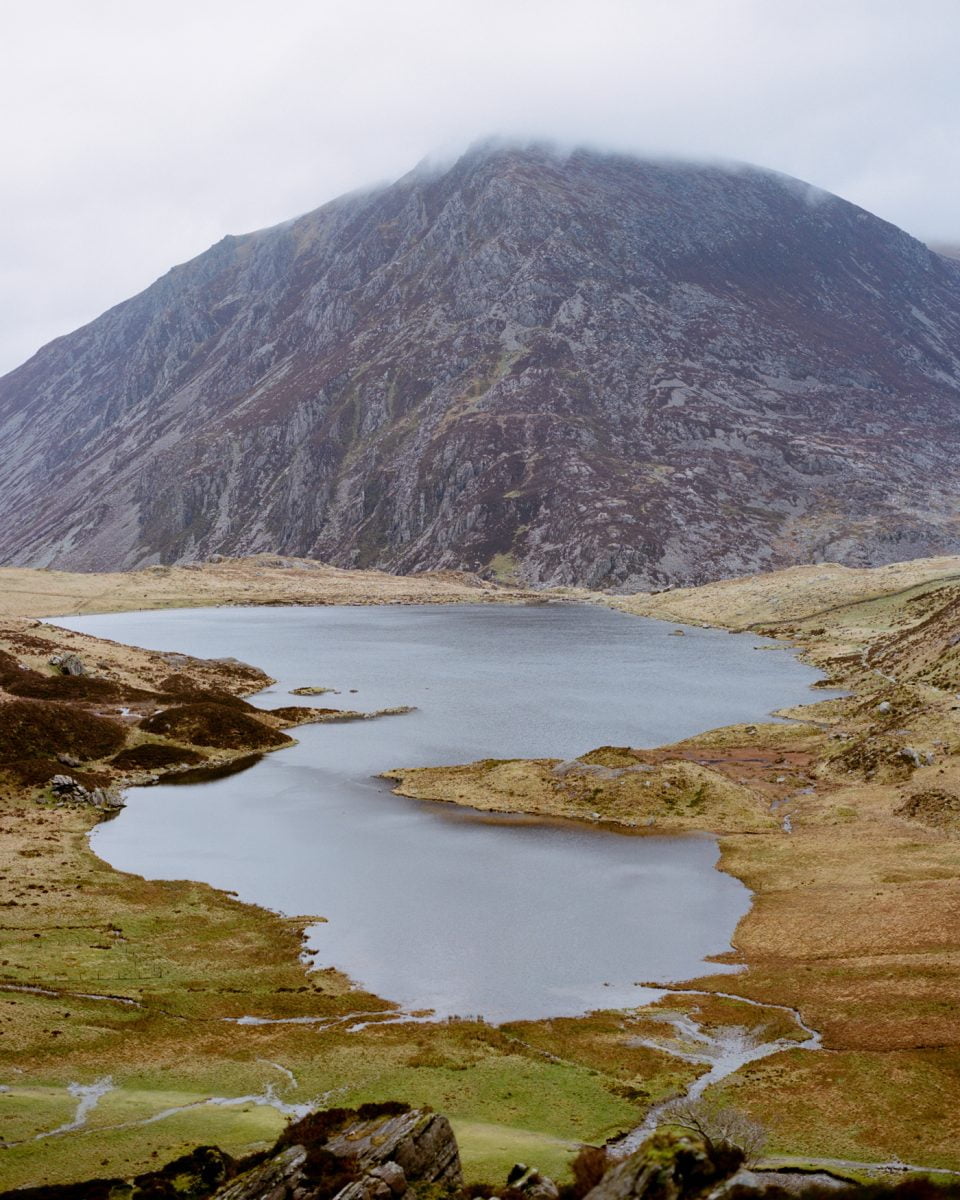
With a love of language and spending more and more time in Wales, it was inevitable that one day I would try to learn Welsh, one of the oldest languages in Europe. The trigger was a comment in a 2020 report by the Future Generations Commissioner for Wales (yes, someone exists with that title), saying that the Welsh language should be a ‘driver for economic and environmental change’.
I am still very much a beginner, but I was intrigued by how language could help to forge a connection with nature – something that is evident in Welsh, but also in many Indigenous languages and cultures.
The power of words
I ended up making this the focus of my dissertation for a master’s degree at the Cambridge Institute of Sustainability Leadership. Through conversations with mountain leaders, place name experts and conservation specialists, I dug into how the Welsh language was being used as a driver for change in the Carneddau region of north Wales. Here are four words that give a glimpse of the ways language helps us to connect with and see ourselves as part of the natural world, and it as part of us.
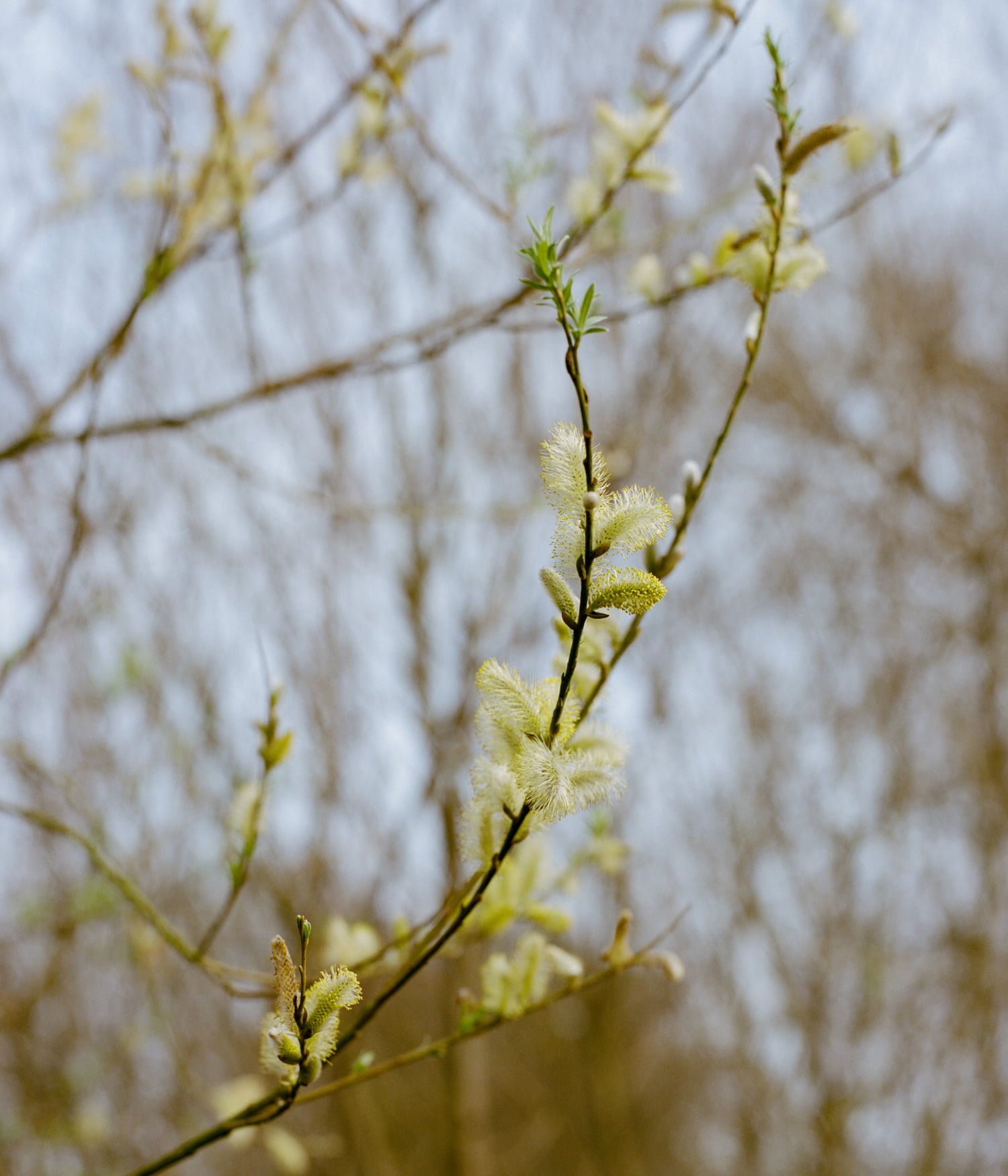
y frân goesgoch
[ vran-goys-goch ]
Being able to recognise individual bird species such as the tinwen (literally ‘white bum’ or wheatear) or frân goesgoch (pronounced ‘vran goys goch’, meaning a red-legged crow or chough) can be a starting point for connecting with nature. Conservation efforts are underway to restore the Welsh population of both species – programmes that could be boosted by increased numbers of citizen scientists able to recognise and help track the population. Maybe knowing some of the more descriptive Welsh species names could help with that.
ffridd
[ freeth ]
Y frân goesgoch lives on the ffridd (pronounced ‘freeth’), pasture land which is on the margins of agricultural land. It is a mosaic of different ecological communities recognised by bird protection charity RSPB as having ‘the highest mean habitat diversity per kilometer square’ of any landscape in Wales. Rangers in north Wales could refer to it as pasture in English, but by consistently using the Welsh word in all official communication about the Carneddau Landscape Partnership, something magical has happened. The ffridd has come to be regarded as something special, uniquely Welsh and worthy of protection, like a Welsh savannah or Amazon rainforest, or even the Welsh rugby team! English has always absorbed local terms for distinct landscapes like savannah and jungle, so why not ffridd as well?
helyg
[ hell-ig ]
Helyg (‘hell-ig’) is a tiny spot in north Wales on the edge of the Carneddau mountain range. The range is known for its ffridd, but not for its trees. But helyg means willow, suggesting that at one point not only were there trees in the Carneddau, there were willow trees. The fact that there may not have been trees on that spot for decades, even hundreds of years, shows how much humans have modified the landscape. Climate change has meant that growing conditions are changing the world over, so what grew in a spot once may no longer be suitable. However, these names suggest that if we want to restore trees to this barren landscape, then maybe willow trees might work in that location. Local rangers certainly use place names to inspire and validate their conservation decisions.
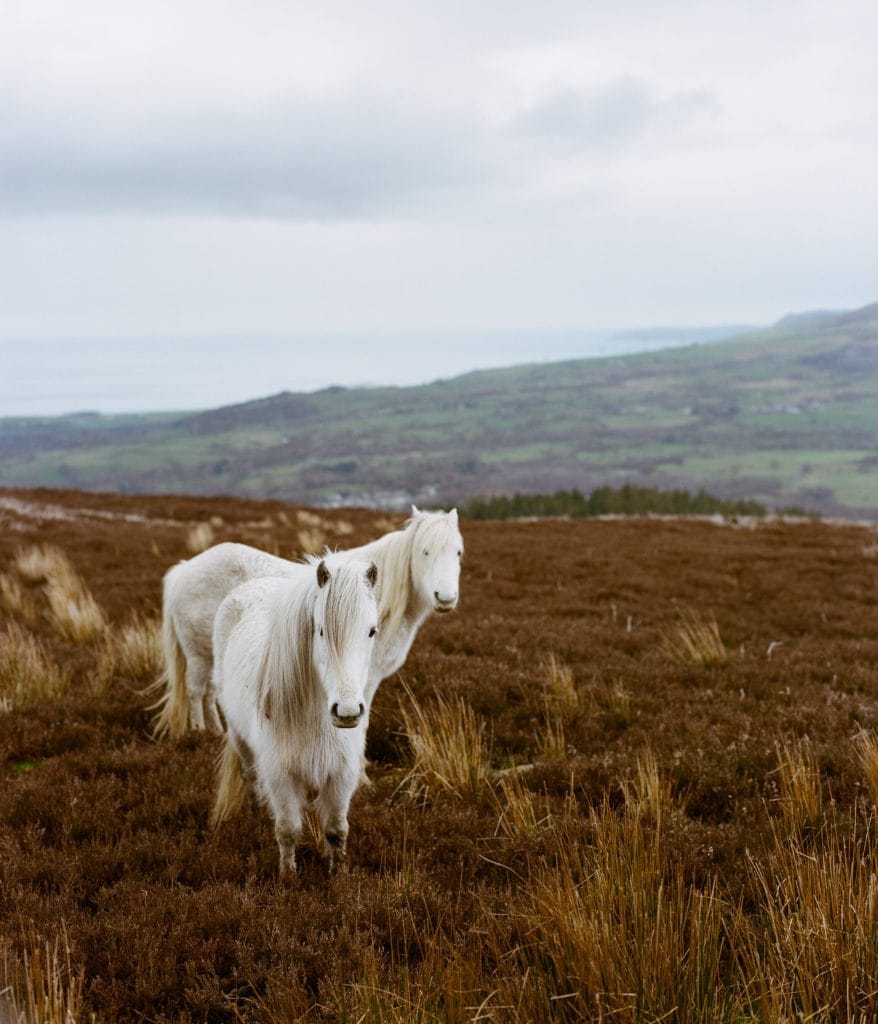
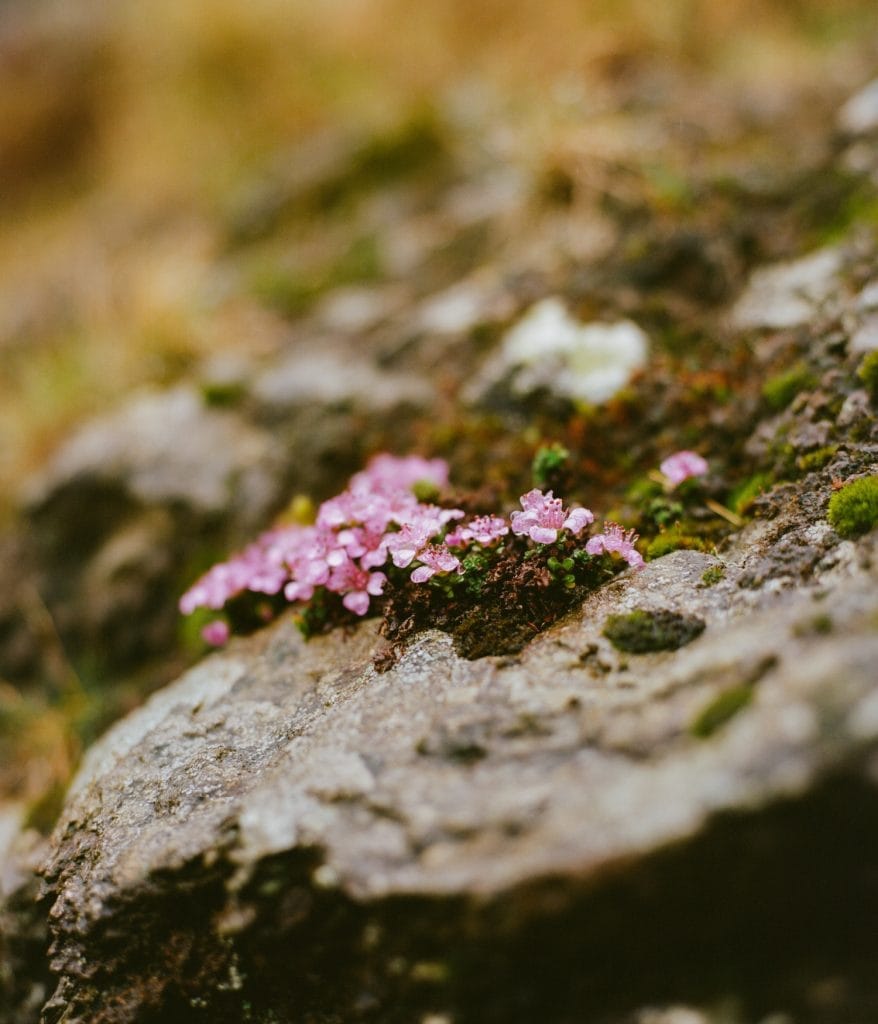
moel
[ moyle ]
Studies of old maps show several tree-related place names at about 500 to 600 metres above sea level, suggesting where the tree line once was. Beyond that are the peaks.
The tallest peaks in the Carneddau are Carnedd Llewellyn, Carnedd Dafydd and Carnedd Gwenllian. There are also the hills of Moel Faban, Moel Wnion and Moel Eilio. Moel (‘moyle’) means bald and was historically used to describe a monk’s haircut – rounded and bald on top with a band of hair lower down. The three hills are also bare rounded peaks, maybe once with a line of trees around them like a monk’s head.
Moel is just one of many terms for parts of the body that pepper the Welsh landscape. Cefn (‘kev-enn’) means back or ridge, pen is head or peak and bron is a breast or rounded hill. These features have been so named because they look like part of us. Perhaps there is the strongest connection we can make; we see ourselves reflected back in the nature that surrounds us and want to care for it in the way we care for ourselves and those around us.
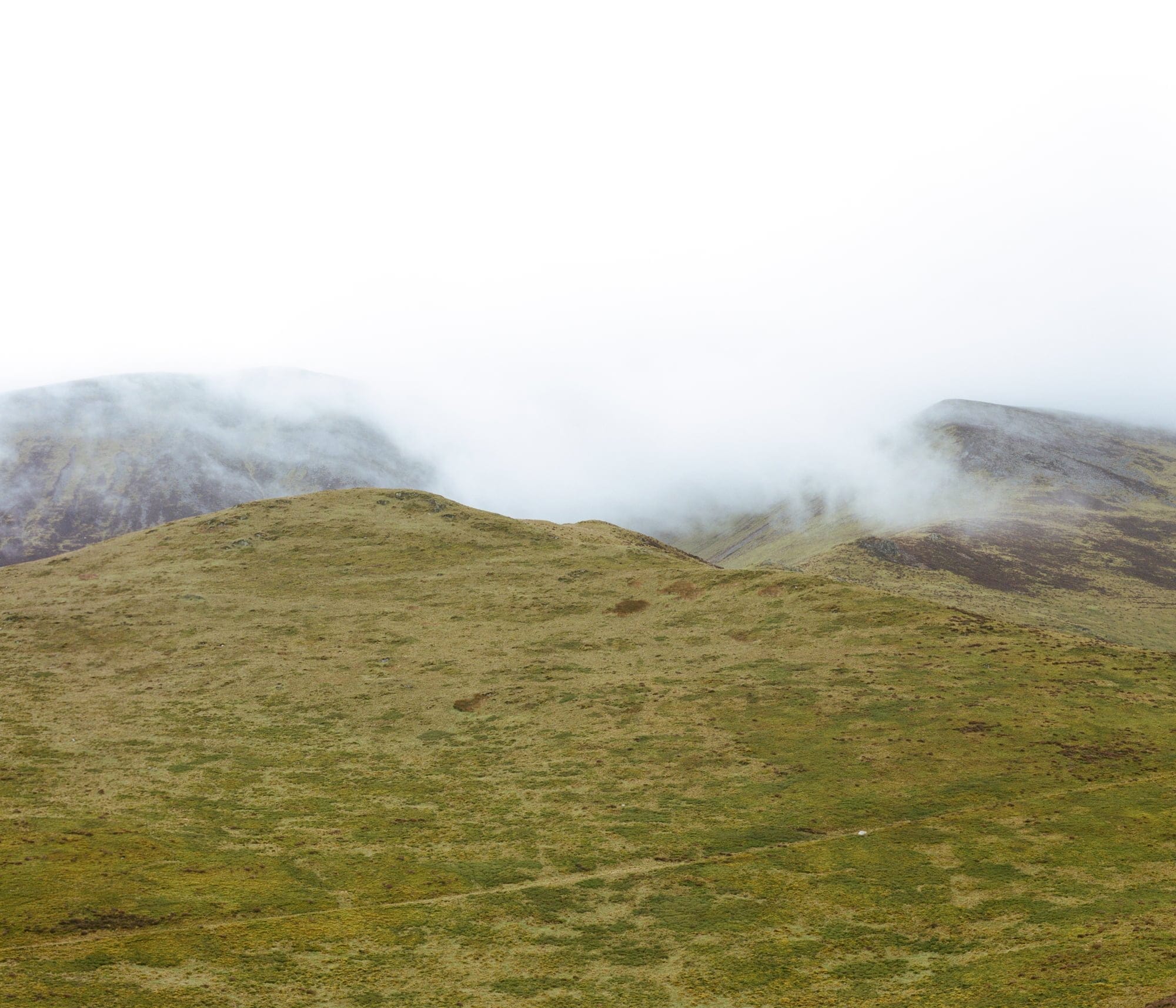
Keep those words alive
Robert Macfarlane’s 2017 book The Lost Words shares the names of plants and animals that we risk losing, unless we make an effort to save them.
Get the book hereWe’re able to share stories like this because of people like you. Join others from around the world in supporting Imagine5’s mission towards a sustainable future. Become a member, or donate what you can.
CULTURE FOR CLIMATE
WANDERLUST
